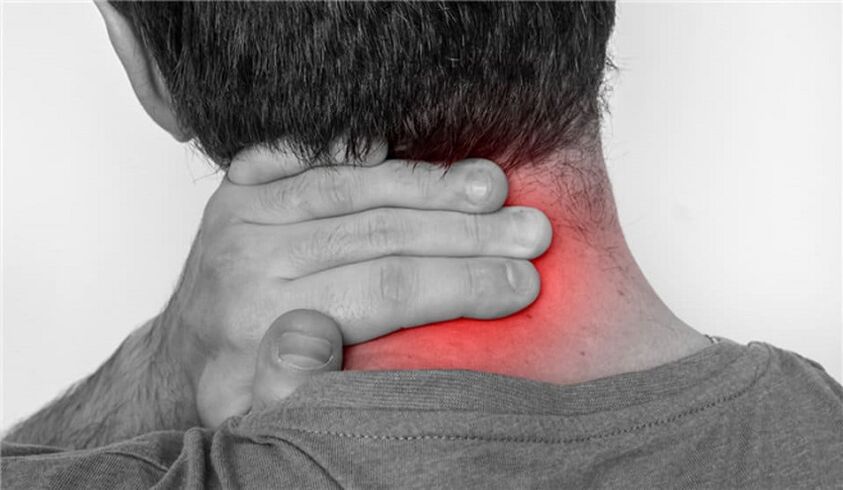Osteochondrosis is a degenerative bone disease that most commonly affects the spine and knees. This mainly causes painful pain and movement problems. Therefore, complex treatment should be performed.

Osteochondrosis - what is it?
It is based on a violation of endochondral ossification. However, this condition in the metaphysis of growing bone is the result of local ischemia of hyaline cartilage. This condition is often referred to as juvenile osteochondrosis because it develops in the developing skeletal system.
In patients with osteochondrosis, cartilage tissue is ischemic, exhausted, and dies as a result. The cartilage does not mineralize but ossifies and then detaches from the bone on which it was formed because it is not very strong. The separation of cartilage and bone is due to mechanical factors.
Osteopondrosis can take many forms, but patients often:
- The spine is osteochondrosis, which in most cases involves the lumbar or cervical spine.
- Osteochondrosis of the knee by loading the tuberosity of the tibia that forms the knee joint.
In this article, we pay special attention to osteochondrosis (SHO) of the cervical spine.
Osteochondrosis - Causes
Osteochondrosis is a disease whose degenerative-dystrophic causes are highly dependent on the form of the disease in the patient. The development of osteochondrosis of the cervical spine may be the result of a violation of the tension of the structures responsible for stabilizing the spine. The disease may also be caused by the gradual loss of the damping properties of the intervertebral discs. As for osteochondrosis of the knee, it usually occurs as a result of avulatory fracture of the tibial tuberosity. This is an overload resulting from an imbalance between the cross section of the muscle, the fixation surface and the forces acting on too small an area, i. e. the tuberosity of the tibia.
Characteristics of osteochondrosis of the cervical segment
It differs in osteochondrosis of the cervical segment of the spine from osteochondrosis of the lumbar and thoracic segments.
The cervical region contains many blood vessels and nerves, including the vertebral artery, which enters the spinal cord. Therefore, with osteochondrosis of the cervical segment of the spine, when the vertebrae move, nerve formations (which can irritate the muscles and areas around the ligaments) appear in the lateral sections.
When the vertebral artery is compressed due to narrowing (narrowing) of the artery, the blood supply to the brainstem and cerebellum decreases.
Symptoms of cervical osteochondrosis
Symptoms of osteochondrosis of the cervical spine are caused by the following factors: compression of the roots of the spine (cervical radiculitis), compression of the spinal cord (myelopathy), damage to the spinal cord due to circulatory disorders associated with narrowing of the arteries and veins.
Radical syndromes (cervical sciatica)
Symptoms of osteochondrosis of the cervical spine are accompanied by compression of the nerve roots. The pain can start from the neck to the shoulder and spread to the outer surface of the shoulder, forearm and fingers. It can affect the skin sensitivity of the forearms, hands and fingers.
Spinal artery syndrome
Headache (paroxysmal, persistent, impulsive, which increases when the head is turned), dizziness, blurred vision, tinnitus.
SHO treatment
In the acute stage, accompanied by severe pain, topical administration of analgesics and corticosteroids is indicated to relieve muscle tension in the motor segment of the vertebrae and to reduce pain.
Combinations of nonsteroidal anti-inflammatory drugs, antispasmodics, analgesics and vitamins are effective.














































